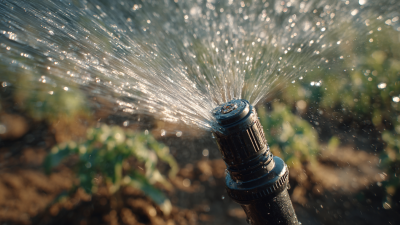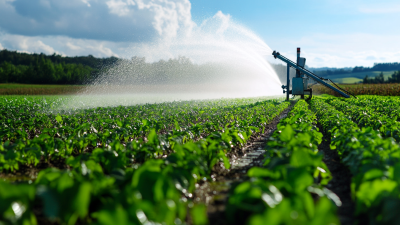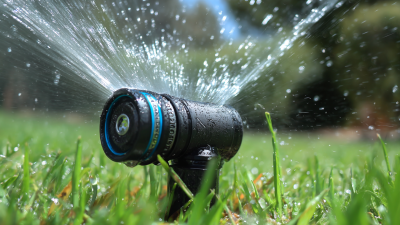In today's world, efficient water usage is more crucial than ever, especially for homeowners aiming to maintain lush, green lawns while keeping their water bills in check. According to the U.S. Environmental Protection Agency, outdoor water use accounts for nearly 30% of residential water consumption, with a significant portion dedicated to lawn maintenance. This highlights the necessity of investing in high-quality lawn sprinklers that not only ensure adequate coverage but also optimize water usage.
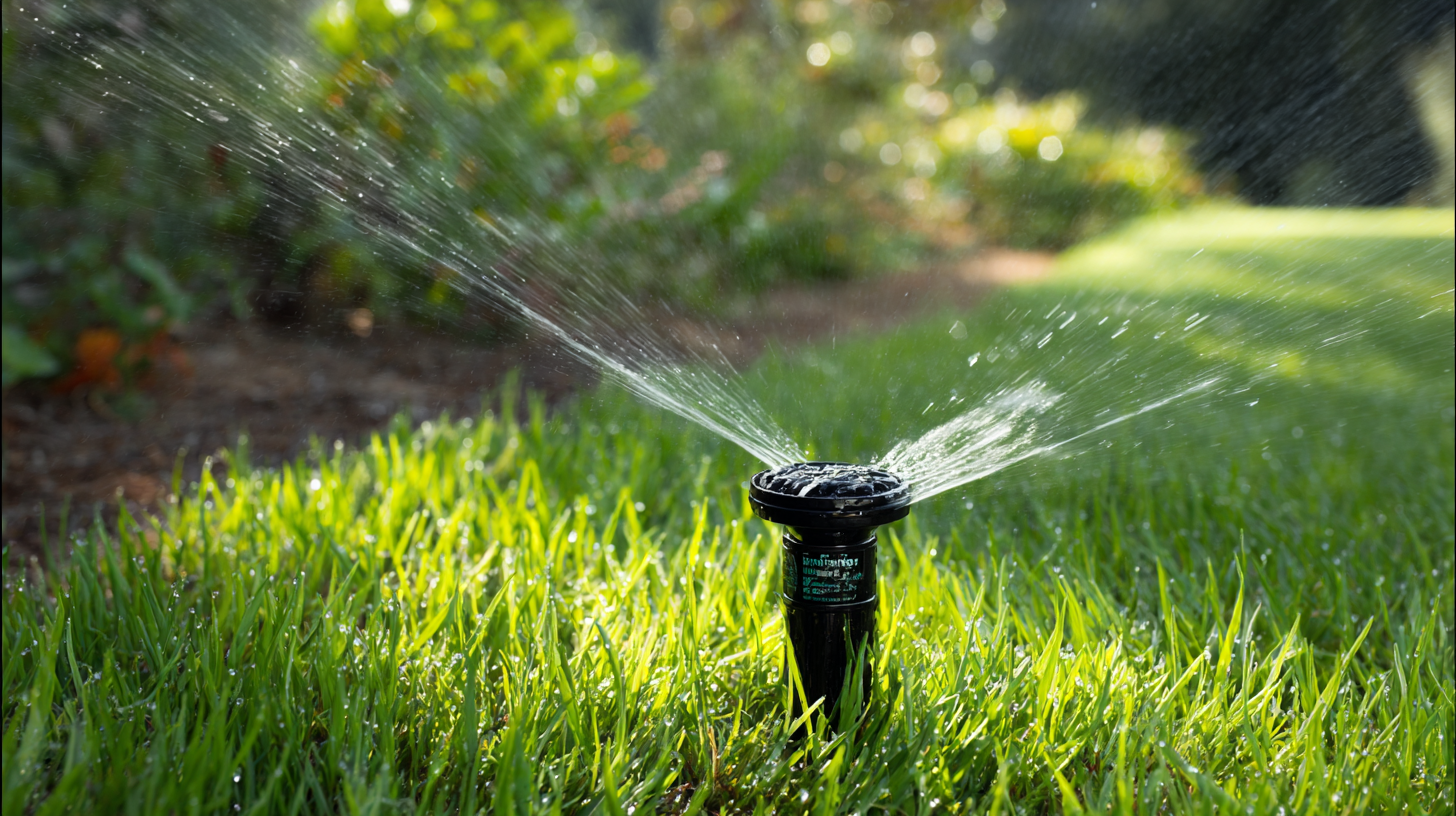
By employing advanced irrigation technology, some models can save homeowners up to 30% on their water bills, making them an essential tool for both environmental sustainability and cost-effective lawn care. In this blog, we will explore the seven best lawn sprinklers designed for efficient watering, helping you create a beautiful landscape while conserving this precious resource.
When choosing the best lawn sprinklers for efficient watering, it's essential to focus on several key features that can enhance performance and reduce water wastage. First and foremost, look for adjustable spray patterns, which allow you to control the direction and range of water coverage. This adaptability ensures that you can efficiently water different areas of your lawn without overspraying onto paths or flower beds, ultimately conserving water.
Another important feature to consider is the inclusion of a timer or smart technology. Timers enable you to set specific watering schedules, which eliminates the guesswork and prevents overwatering, especially during rainy days. Smart sprinklers, which connect to your smartphone, can even adjust watering based on real-time weather data, providing a highly efficient solution for maintaining a lush, healthy lawn while saving up to 30% on your water bill. Additionally, look for materials that ensure durability, such as high-quality plastic or metal components; this will minimize the need for frequent replacements and contribute to long-term water savings.
| Sprinkler Type | Coverage Area (sq ft) | Water Pressure (psi) | Adjustability | Special Features |
|---|---|---|---|---|
| Oscillating Sprinkler | 2,500 | 20-60 | Yes | Coverage settings |
| Rotary Sprinkler | 3,000 | 30-50 | Yes | Wind resistant |
| Drop Sprinkler | 2,000 | 15-50 | Fixed | Low profile |
| Traveling Sprinkler | 3,500 | 20-60 | Not adjustable | Self-propelled |
| Soaker Hose | 1,000 | Varies | N/A | Deep watering |
| Mist Sprinkler | 1,500 | 15-30 | Yes | Gentle coverage |
| Spray Sprinkler | 1,800 | 15-50 | Yes | Targeted watering |
In recent years, smart technology has revolutionized the way we manage our gardens, particularly in the realm of lawn watering. Traditional watering methods can be wasteful, with the Environmental Protection Agency (EPA) estimating that up to 50% of urban water use goes to watering lawns. However, smart sprinklers can significantly enhance efficiency, reducing water consumption by up to 30%. These advanced systems utilize weather data, soil moisture sensors, and plant health analytics to ensure that your lawn receives the right amount of water at the right time.
For instance, a report from the Irrigation Association highlights that smart irrigation can save homeowners an average of 8,000 gallons of water annually. This not only leads to substantial savings on water bills but also promotes sustainable landscaping practices. By integrating smart technology into your watering routine, you not only contribute to environmental conservation but also keep your lawn healthy and vibrant while lowering costs. With modern solutions, it's becoming easier to cultivate lush lawns without guilt, showcasing the perfect blend of technology and gardening.
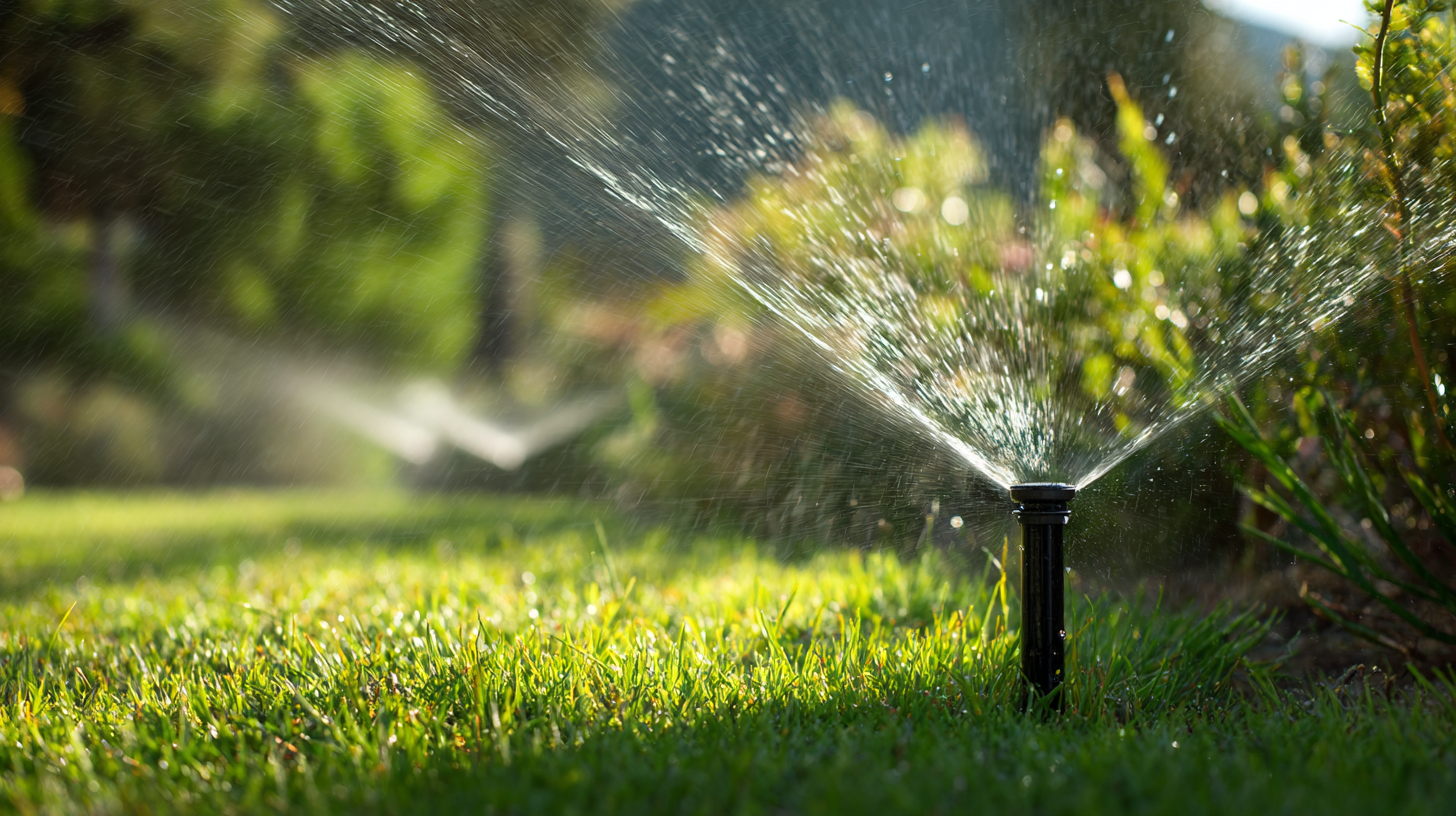
When it comes to achieving an efficient watering system for your lawn, understanding the various types of sprinklers available can lead to significant savings and healthier grass. According to the Irrigation Association, homeowners can reduce their water usage by up to 30% by selecting the right sprinkler type. The most common types include oscillating, stationary, and traveling sprinklers, each suited for different lawn sizes and layouts. For instance, oscillating sprinklers are ideal for medium to large yards, providing even coverage, while stationary sprinklers work well for smaller spaces.
Tips: Consider the layout of your lawn before choosing a sprinkler type. For intricate flowerbeds or gardens, a drip irrigation system may be more efficient. This system can deliver water directly to the roots, minimizing evaporation and runoff. Additionally, be sure to maintain your sprinkler system regularly, as clogged nozzles can lead to uneven watering and wasted resources.
Furthermore, reviews from the Landscape Irrigation Research Group show that smart sprinkler systems can automatically adjust watering schedules based on real-time weather data. These advancements not only promote efficient water use but also ensure your lawn stays lush and vibrant regardless of seasonal changes. Always aim to align your sprinkler choice with your watering needs for optimal performance and savings.
When it comes to maintaining a lush lawn, the cost of watering can add up quickly. Adopting effective strategies can save you up to 30% on your water bill, allowing you to keep your garden thriving without the guilt of overspending. One efficient method is to employ drip irrigation systems, which deliver water directly to the roots of your plants, minimizing evaporation and runoff. Additionally, using timers on your sprinkler systems ensures that you only water when necessary, reducing waste and promoting healthier plant growth.
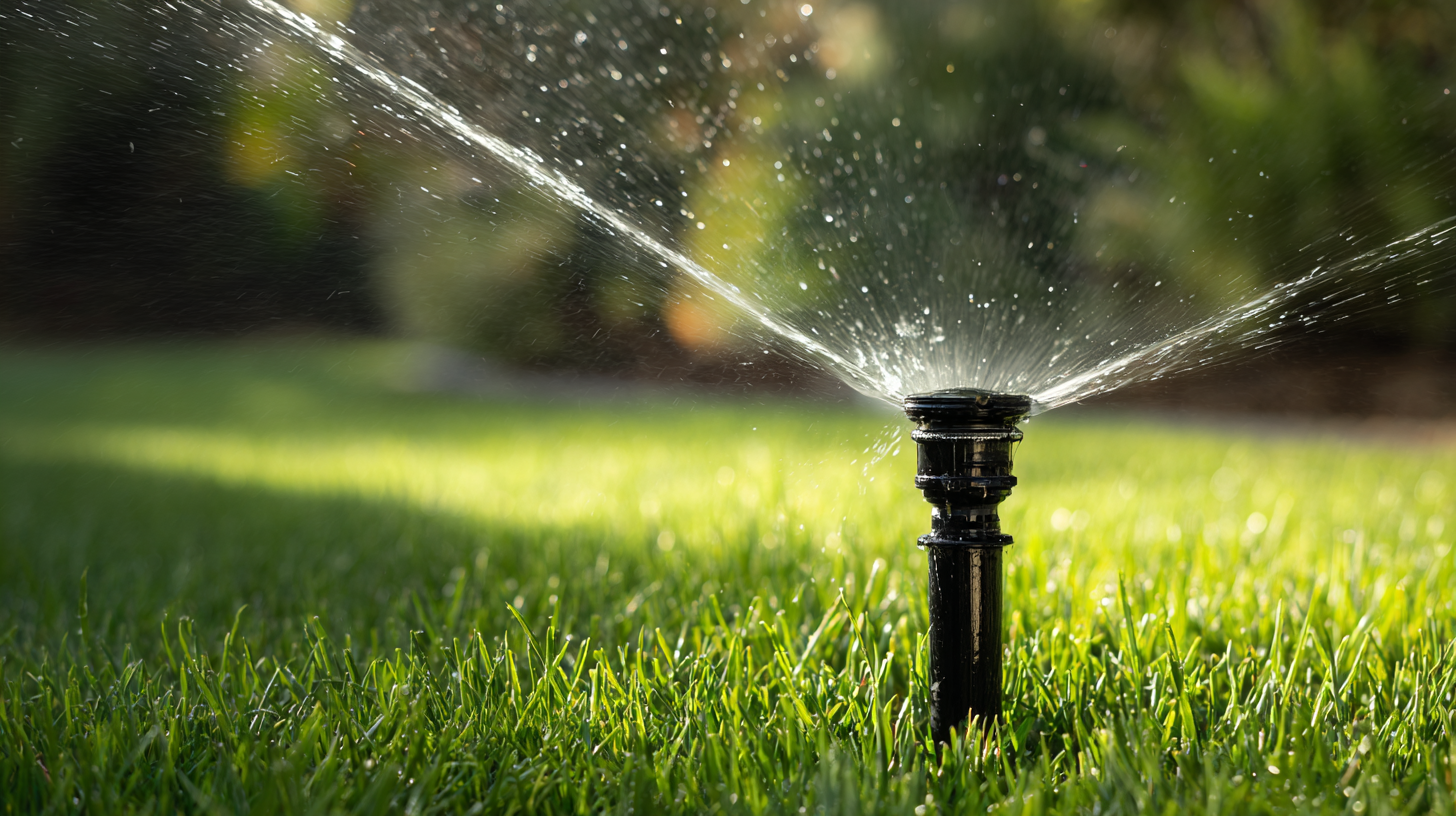 Another crucial tip is to water your lawn in the early morning or late evening. During these times, temperatures are cooler, and sunlight is less intense, decreasing evaporation rates. Moreover, consider grouping your plants according to their water needs to ensure that you are not overwatering certain areas while neglecting others. This thoughtful approach to watering not only conserves water but also fosters a more sustainable garden environment, benefitting both your wallet and the planet.
Another crucial tip is to water your lawn in the early morning or late evening. During these times, temperatures are cooler, and sunlight is less intense, decreasing evaporation rates. Moreover, consider grouping your plants according to their water needs to ensure that you are not overwatering certain areas while neglecting others. This thoughtful approach to watering not only conserves water but also fosters a more sustainable garden environment, benefitting both your wallet and the planet.
To ensure the longevity of your lawn sprinkler system, regular maintenance is crucial. Start by checking for any visible wear and tear on the hoses and fittings. Look for leaks or cracks that can lead to water wastage and affect the efficiency of your system. Replacing broken parts promptly not only helps you conserve water but can also prevent more extensive damage that could require costly repairs.
Another essential maintenance tip is to adjust the sprinkler heads to avoid overspray onto sidewalks or driveways, which can waste water and increase your bill. Periodically testing the system's coverage will help you identify areas that may need adjustment. Additionally, clean the sprinkler heads regularly to prevent clogging from dirt or debris, ensuring even distribution of water across your lawn. By focusing on these simple maintenance strategies, you can extend the life of your sprinklers while maximizing their efficiency, ultimately saving you money on your water bill.

